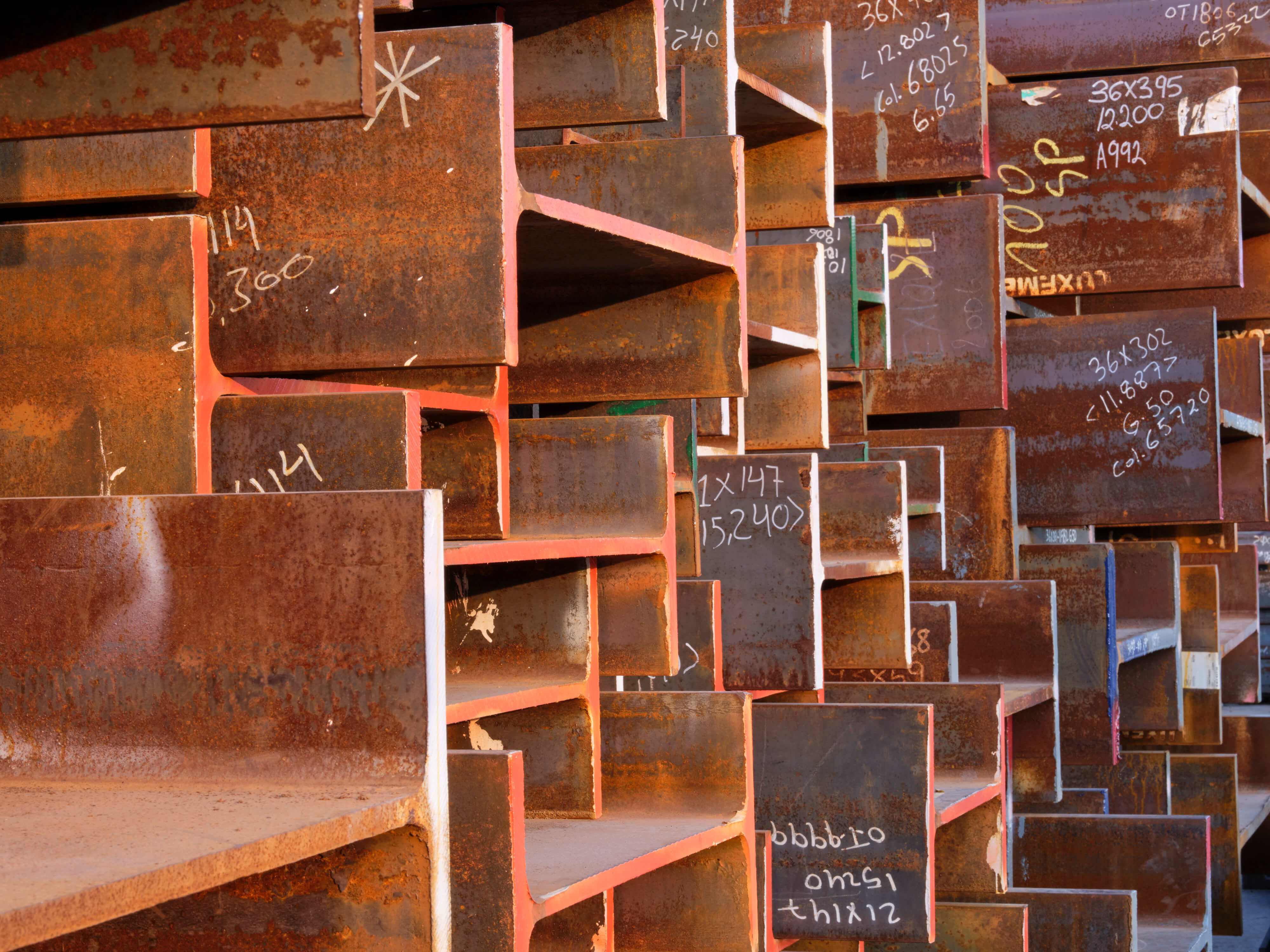

Why Build with Steel? Key Benefits of Structural Steel
In the construction industry, selecting the right material can significantly impact time, cost, aesthetics, comfort, safety, and long-term performance.
Among all available options, structural steel stands out as one of the most efficient, versatile, and sustainable choices. Here’s why an increasing number of projects in Mexico and around the world are opting for this material.
1. Speed That Accelerates Projects
One of the primary advantages of steel is the speed of execution. As a prefabricated system, many activities can be carried out simultaneously. For instance, foundation work can proceed while the structure is being fabricated off-site, significantly reducing overall project timelines.
Additionally, steel structures are assembled much faster due to simple, bolted connections, potentially reducing construction time by up to 40% compared to other building systems like concrete.
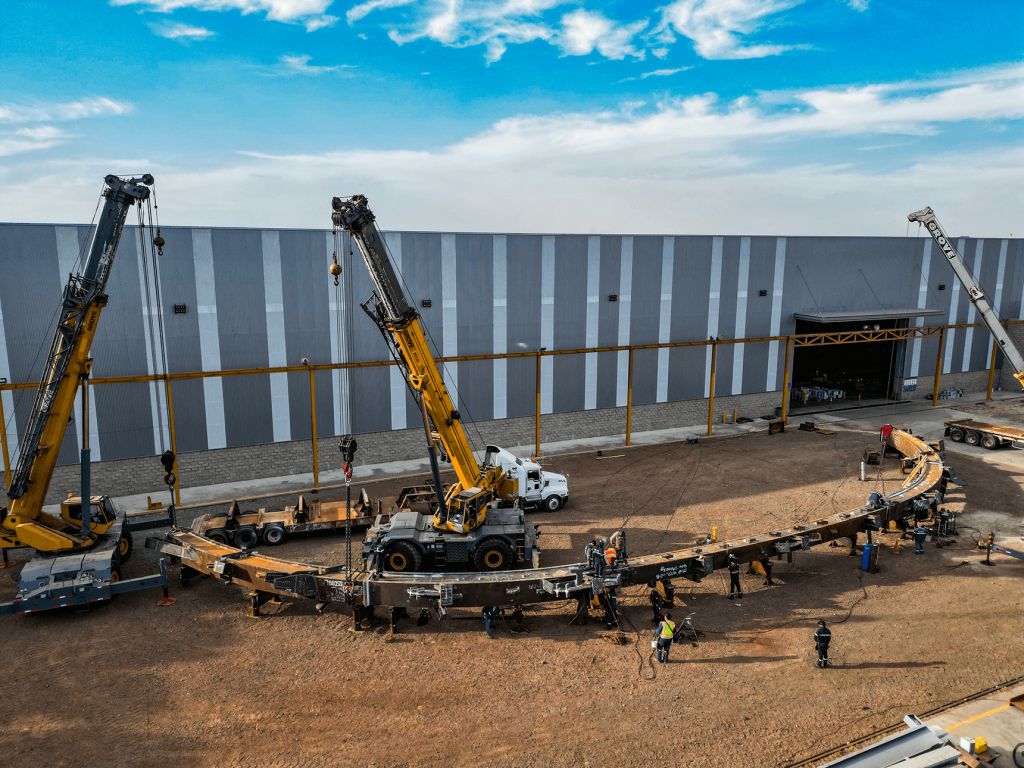
2. Lighter, Stronger, and More Efficient Structures
Steel offers higher strength-to-weight ratio than concrete, allowing for much lighter structures without compromising load-bearing capacity. As a result:
- • Slender and aesthetically pleasing elements can be designed.
- • Overall structural weight is significantly reduced.
- • Foundation requirements are optimized, leading to savings of up to 35% in volume and cost.
- • Longer spans between columns are achievable, eliminating intermediate supports and enabling much larger open spaces.
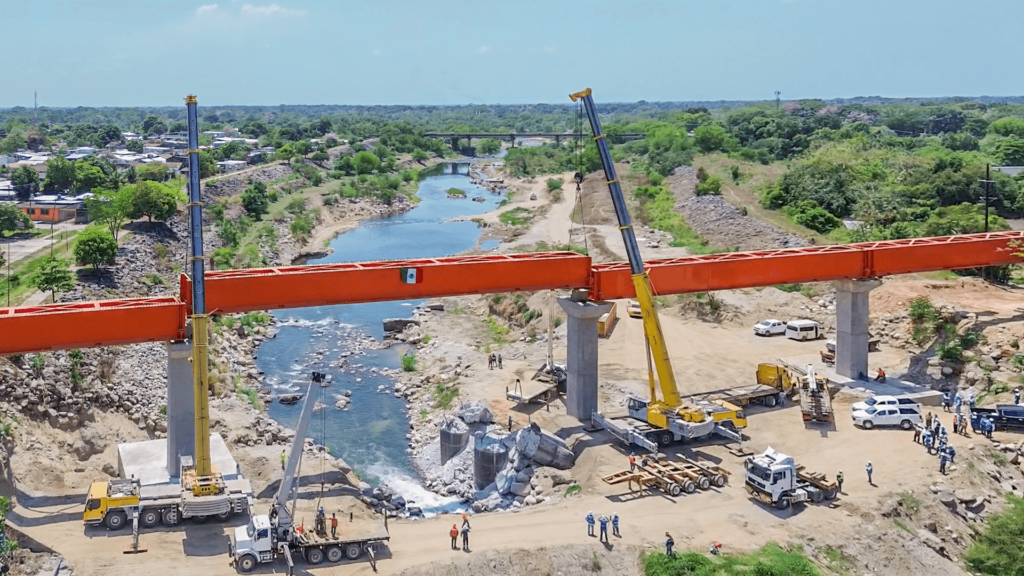
3. Quality and Precision from the Factory
Unlike concrete, whose quality heavily depends on on-site conditions, steel structures are fabricated in controlled factory environments with stringent supervision. This approach allows for:
- • Enhanced efficiency in manufacturing processes.
- • Reduced likelihood of fabrication errors.
- • Superior levels of oversight and quality control.
- • Compliance with international standards such as AISC.
Discover the advantage of building with a certified manufacturer here
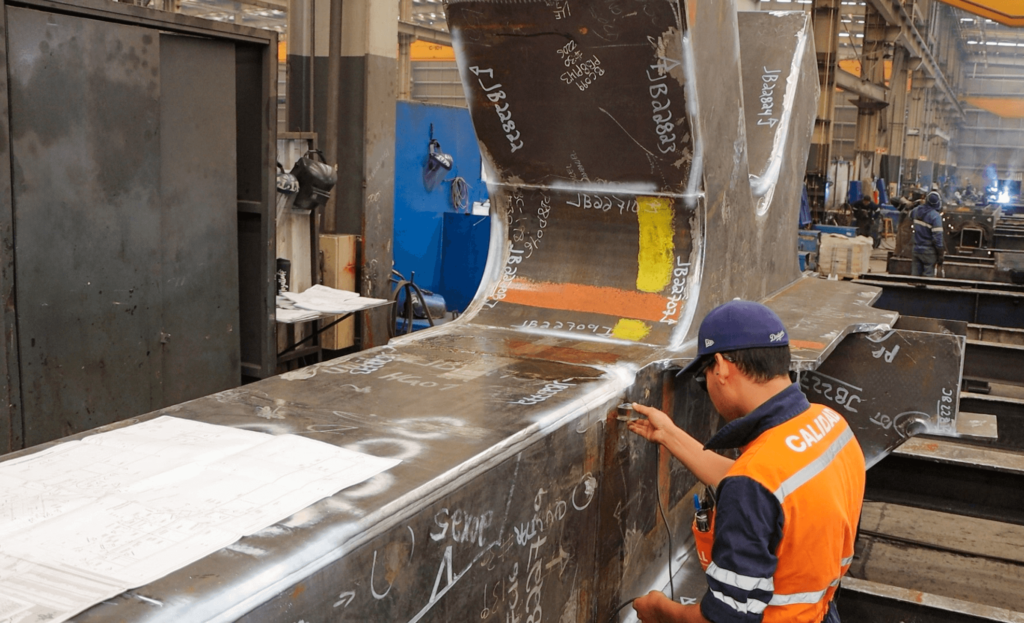
4. Safety and Cleanliness on Site
Steel construction systems reduce risks and enhance site organization:
- • Fewer personnel on-site: prefabricated structures are simply assembled.
- • Greater order and cleanliness: less waste and fewer material movements.
- • Enhanced operational safety: fewer open fronts, reducing exposure to incidents.

5. Durability, Ductility, and Extended Lifespan
Steel is a highly durable material with a long service life, exhibiting minimal loss of properties over time.
Moreover, its ductility allows it to absorb energy and deform in a controlled manner under dynamic loads such as earthquakes or traffic, offering a key advantage over concrete, which is more prone to cracking.
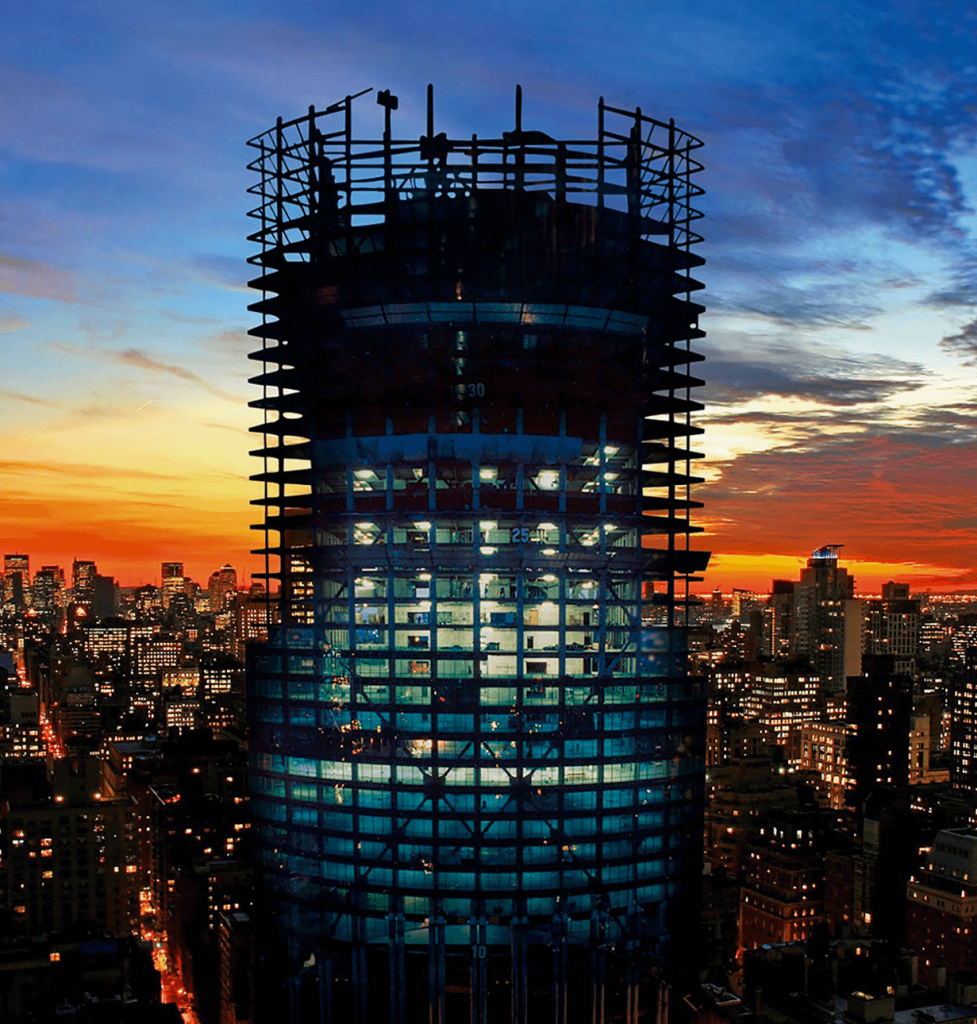
6. Environmental and Economic Benefits
Steel is 100% recyclable and facilitates the attainment of LEED certifications, increasingly valued in the construction sector. It also offers:
- • Increased property value.
- • Access to tax benefits in certain cases.
- • Reduced environmental impact in urban areas or sites with adjacent buildings.
Read more about sustainability with steel here
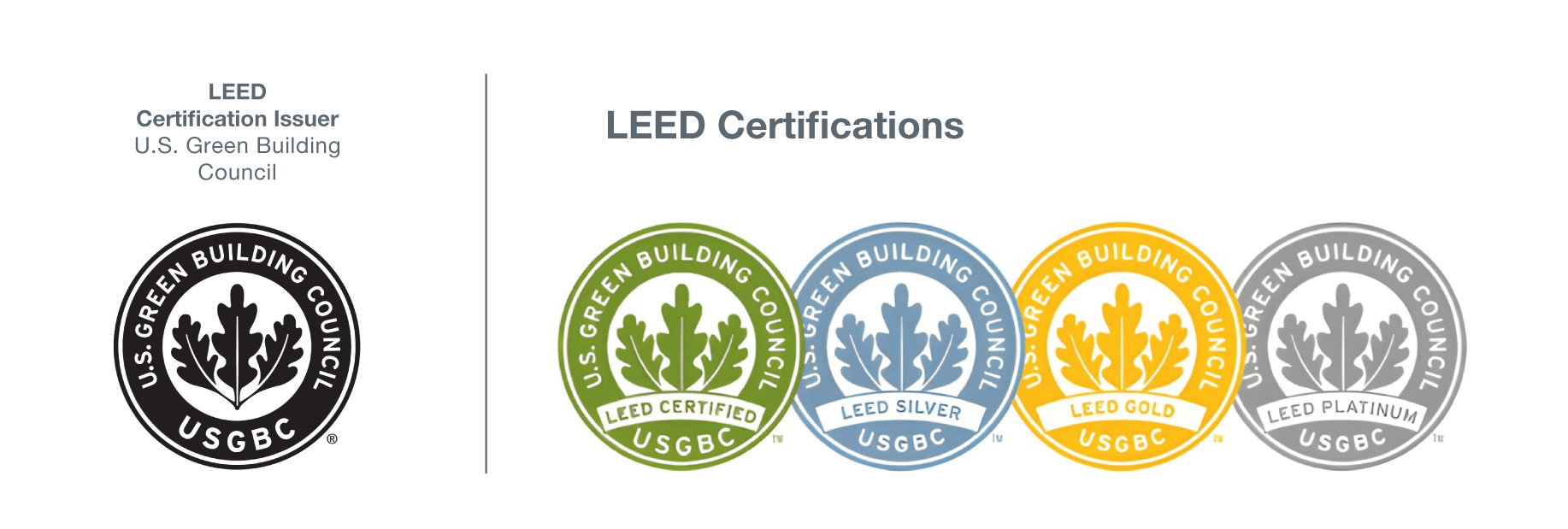
7. Freedom to Design and Build Big
The high strength and versatility of steel provide greater architectural freedom:
- • Modular spaces offering enhanced user comfort.
- • Greater spatial amplitude.
- • Aesthetic integration of exposed or visible steel elements.
Discover more about architecturally exposed structures
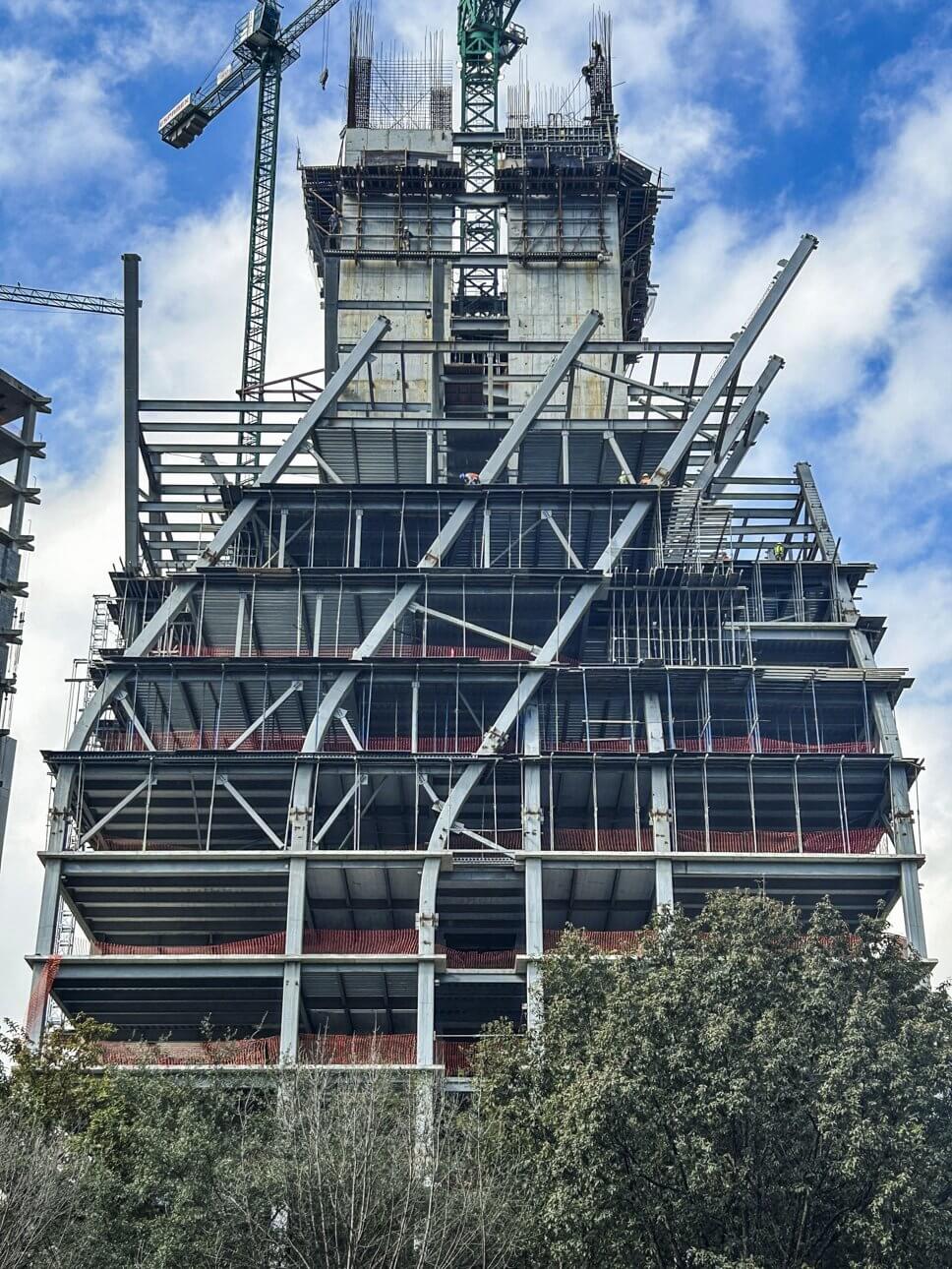
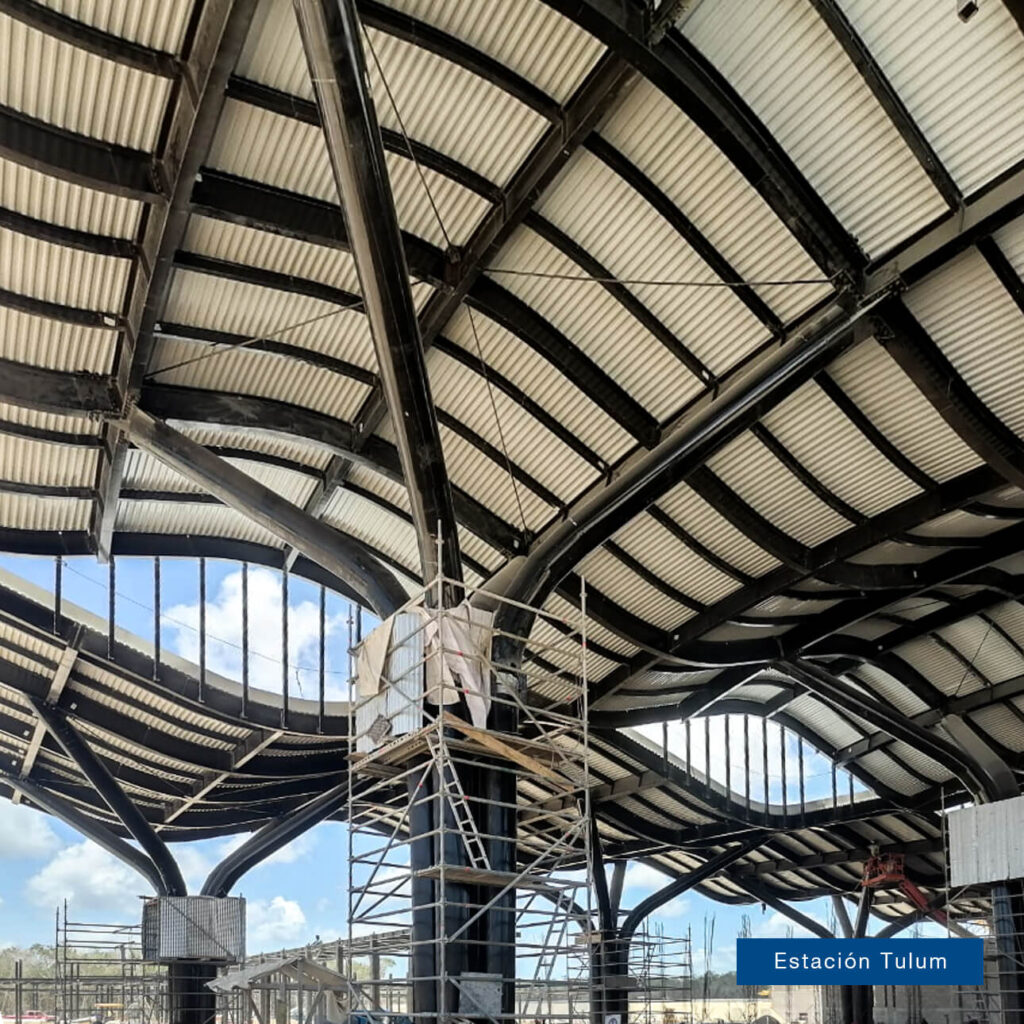
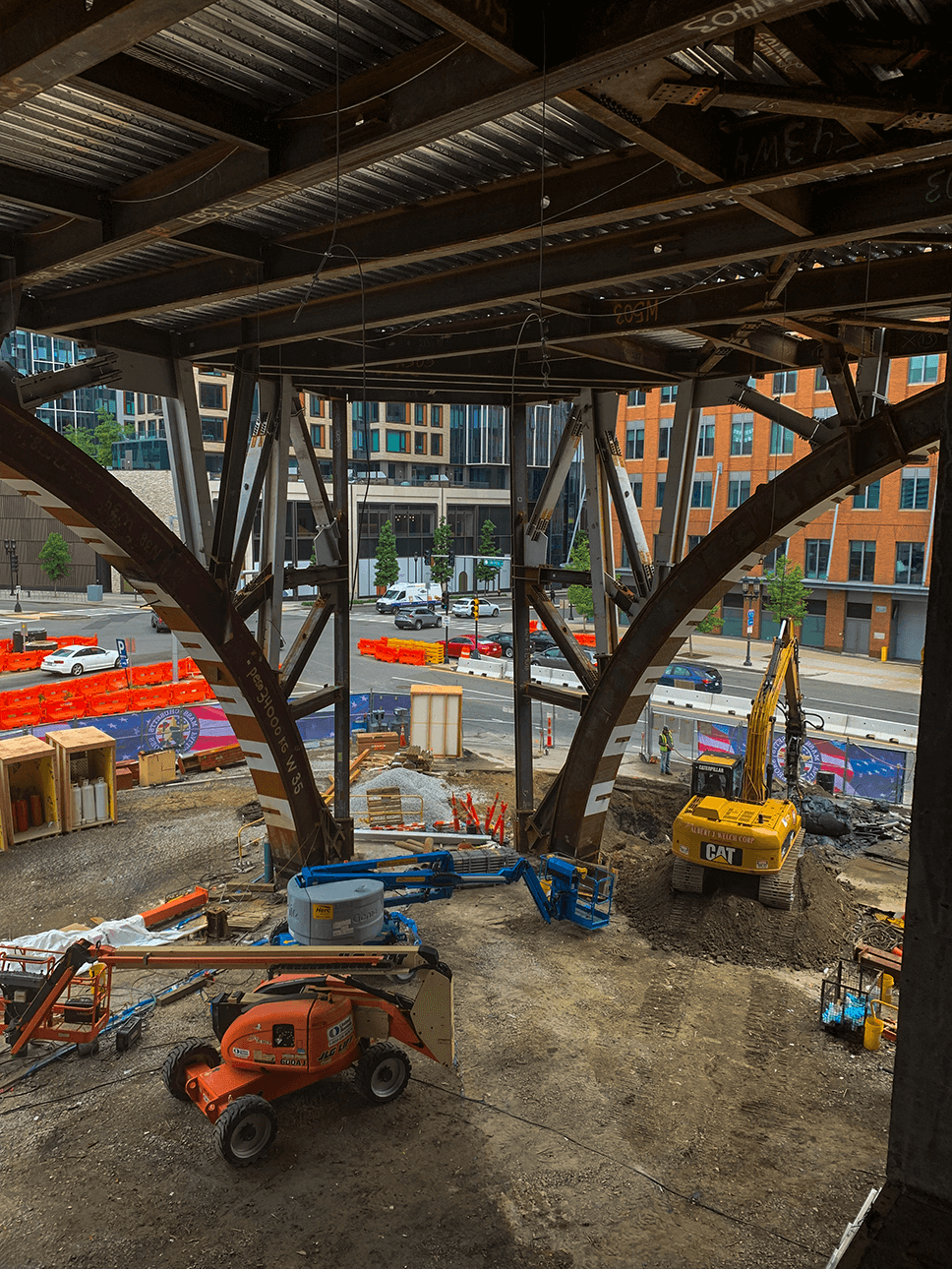
8. Hybrid Buildings: The Best of Both Worlds
In certain cases, concrete columns or cores are combined with steel beams, leveraging the strengths of both materials:
- • Concrete performing under compression (columns).
- • Steel performing under tension and/or flexion (primary and secondary beams).
In Summary…
- Building with steel means:
- • Faster construction timelines.
- • Greater quality control.
- • Lower overall building weight.
- • More cost-effective foundations.
- • Much larger, more aesthetic, and comfortable spaces.
- • Increased safety on-site.
- • Enhanced sustainability.
And above all, superior-quality structures, designed to meet today’s demands and anticipate tomorrow’s challenges.
In developed countries like the UK, nearly 70% of buildings are constructed with steel structures. In contrast, in many developing nations, this figure does not exceed 5%. This gap goes beyond statistics—it reflects a clear trend in the evolution of the construction industry and the adoption of more efficient, safer, and sustainable solutions.